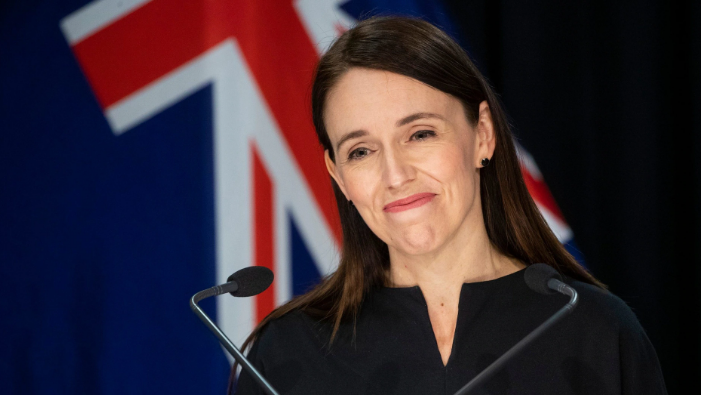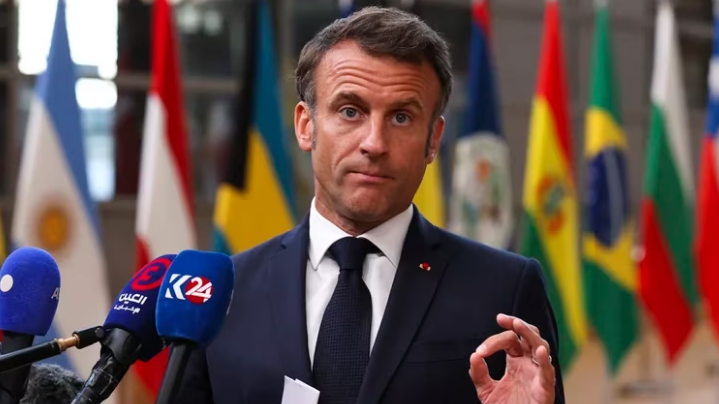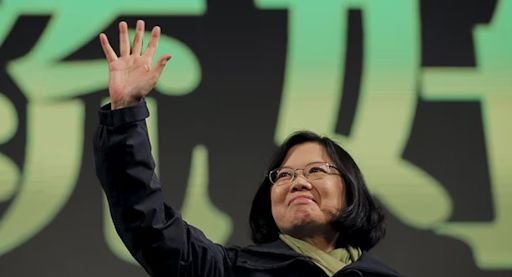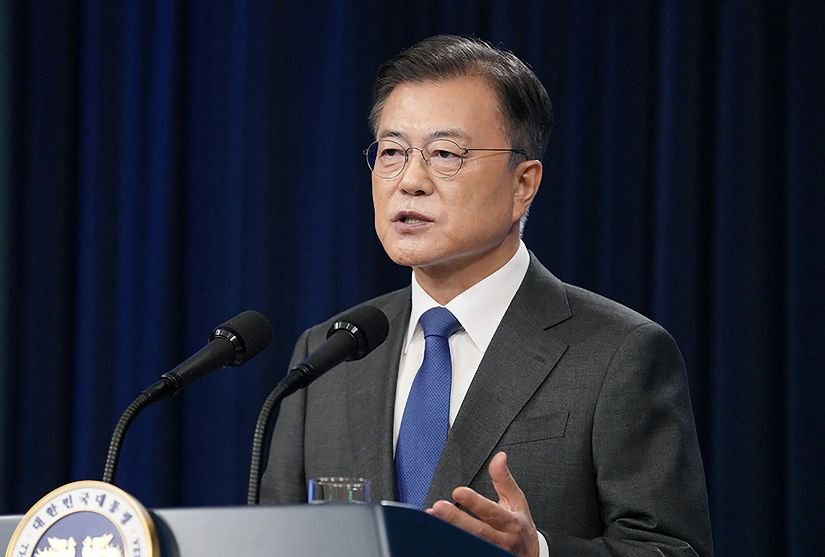Jacinda Ardern is the former Prime Minister of New Zealand, having served in the role from 2017 until January 2023. She was born on July 26, 1980 (currently 43 years old) in the Waikato district, in a city called Hamilton, and has devoted her entire life to politics.
Ardern was not a politician who went unnoticed—neither in New Zealand nor on the global stage. During her term, she was recognized for the decisive measures she took at the onset of the COVID-19 pandemic and for her leadership, which elevated her to international prominence. A book has even been written about her in that context.
The former Prime Minister is in a relationship with Clarke Gayford, a New Zealand journalist, and together they had a daughter named Neve in 2018. Ardern often praised Gayford’s role in stepping in when political duties prevented her from being present as a mother.
Pandemic measures: the keys to Ardern’s success
In any society, government leaders know how impossible it is to meet the needs of every citizen. Of course, when the public supports the party or the leader in office, it becomes much easier for that leader to govern.
This was one of the main strengths Ardern had during her tenure. Her leadership wasn’t just the result of her policies but of the trust she inspired in New Zealanders, which in turn enabled her measures to be implemented effectively.
The coronavirus pandemic emerged suddenly, and as with all new threats, actions had to be taken on the fly. Each country, with its resources and capacities, had to face this disease that infected millions and caused the deaths of many.
So what did Jacinda Ardern do to control COVID-19? First, the woman born in Hamilton declared a strict lockdown and closed the country’s borders—even when New Zealand had fewer than 150 confirmed cases.
As in most countries, only essential services remained open—such as healthcare, food stores, and automotive services.
However, Ardern didn’t see the pandemic merely as a challenge for New Zealand. She seized the moment as an opportunity to ensure the country would be remembered for its decisive response to the virus.
That message began to spread among citizens, and it became the basis of her pandemic strategy. Ardern also took advantage of the country’s relatively small population (fewer than six million) to manage and track cases effectively.
Within a month, the case numbers began to drop, and by May, New Zealand had begun to reopen while many other countries—especially in South America—remained under strict lockdowns.
Ardern, a female leader and a fighter for equality
The 43-year-old politician shattered long-standing norms during her time as Prime Minister. She was one of the few women to reach the highest office in her country and one of the youngest leaders at the time.
During her tenure, she distanced herself from older, more confrontational models of female leadership. Jacinda was known for her kindness and for connecting with young people.
From the beginning, Neve’s mother made it clear that she would fight for women’s rights and was deeply committed to gender equality, a theme firmly rooted in today’s world.
Ardern brought a different perspective to politics. It wasn’t necessarily better or worse—just different. She chose to govern with a more approachable and people-centered style. Later, New Zealand as a whole recognized the value of her approach.
She transformed her administration by increasing female participation and consistently fought to protect children and improve resources for low-income families.
A resignation that left behind a lasting legacy
As mentioned earlier, no leader can please everyone. In the final months of her term, Ardern’s public image declined somewhat, partly due to the rise of other political figures.
Jacinda Ardern, who had her daughter Neve while in office, will not be remembered as just another head of state in New Zealand’s history. The COVID-19 pandemic and the terrorist attack that struck the country a few years ago were two defining moments in which her leadership shone.
She stood in solidarity with and offered support to the Muslim community after the attack, and she acted swiftly to control the virus’s spread. These events form part of the legacy of a woman who faced complex challenges and ultimately chose to step aside.
Currently, Chris Hipkins has taken over leadership of the Pacific nation.








